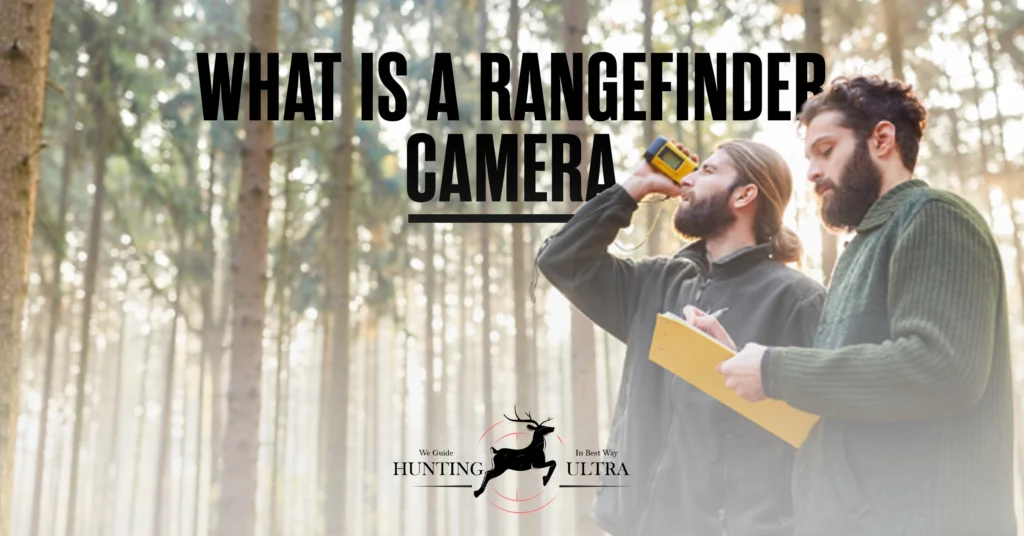Choosing the best time to hunt deer is crucial for any hunter looking to maximize their chances of success. Various factors influence deer behavior and activity patterns, making certain times more favorable for successful hunts. By understanding these factors and learning about the best times to hunt, hunters can increase their opportunities for a rewarding experience. In this blog, we will explore the different aspects of deer behavior, discuss the optimal times to hunt, and provide valuable tips for a successful deer hunting expedition.
Understanding Deer Behavior
Seasonal Changes and Deer Movement:
Deer behavior is influenced by seasonal variations. Understanding how these changes affect their movement patterns can greatly enhance hunting success. From shifts in feeding habits to bedding areas, hunters can anticipate where and when deer are most active throughout the year.
Feeding Habits and Patterns:
Deer are primarily crepuscular animals, meaning they are most active during dawn and dusk. Learning about their feeding habits and preferred food sources can help hunters locate potential hunting spots and plan their hunting times accordingly.
Rutting Season:
The rut, or breeding season, is a critical period for deer hunting. By understanding the phases of the rut and the behaviors associated with each phase, hunters can strategically position themselves to take advantage of deer movements and increased activity during this time.
Weather Conditions and Deer Activity:
Weather plays a significant role in deer behavior. Factors such as temperature, wind, and precipitation can affect their movement and feeding patterns. By considering weather conditions, hunters can plan their hunts accordingly for better chances of success.
Best Time to Hunt Deer
Early Morning Hunts:
Dawn is an optimal time for deer activity. Exploring the reasons behind increased deer movement during early morning hours and employing strategies such as positioning near feeding areas or travel corridors can improve the chances of a successful hunt.
Late Afternoon and Evening Hunts:
As dusk approaches, deer become active again. Understanding their feeding and bedding behavior during this time can help hunters identify prime locations and capitalize on these patterns for successful hunts.
Cold and Overcast Days:
Cold and overcast days can work in favor of hunters. Deer tend to be more active during such conditions, as they feel safer and are less likely to be spotted. Utilizing this knowledge can lead to better hunting opportunities.
Pre-rut and Rut Periods:
The pre-rut and rut periods are exciting times for deer hunting. By understanding the different phases of the rut and the behaviors associated with each phase, hunters can employ appropriate hunting tactics to increase their chances of encountering a mature buck.
Post-rut Period:
After the rut, deer behavior undergoes changes. Understanding these changes and adapting hunting strategies accordingly can still lead to successful hunts. Targeting food sources and transition areas becomes important during this period.
Tips for Successful Deer Hunting
- Scouting and Locating Deer Sign: Scouting is a vital aspect of successful deer hunting. Identifying deer tracks, rubs, scrapes, and trails can provide valuable information about deer movement patterns and help hunters locate potential hunting spots.
- Utilizing Game Cameras: Game cameras can be an excellent tool for monitoring deer activity. Proper camera placement, regular data analysis, and understanding the information obtained from game cameras can significantly improve hunting success.
- Practicing Scent Control: Minimizing human scent is crucial for remaining undetected by deer. Employing scent control techniques and utilizing scent control products can help hunters increase their chances of getting closer to deer without alerting them.
- Choosing the Right Hunting Gear: Selecting the appropriate hunting gear is essential for a successful hunt. From firearms to ammunition and accessories, having the right equipment for the hunting environment and deer species targeted can significantly impact the outcome.
Bottom Line
Understanding the best times to hunt deer is key to a successful hunting experience. By comprehending deer behavior, considering seasonal changes, and adapting hunting strategies accordingly, hunters can increase their chances of encountering deer and ultimately achieving their hunting goals. By implementing the tips provided in this blog, hunters can make the most out of their hunting expeditions and enjoy rewarding and memorable experiences in the field.
FAQs
What is the best time of day to hunt deer?
The best time of day to hunt deer is during the early morning and late afternoon when they are most active. These crepuscular animals are often on the move during dawn and dusk, making it an optimal time for successful hunts.
How does the rutting season affect deer hunting?
The rutting season, or deer breeding season, greatly impacts deer hunting. During this time, bucks are more active, searching for mates and defending their territories. Hunters can take advantage of increased deer movement and behaviors associated with the rut to increase their chances of encountering mature bucks.
How do weather conditions impact deer activity and hunting success?
Weather conditions play a significant role in deer activity and hunting success. Cold and overcast days tend to make deer more active and less cautious, providing better hunting opportunities. Understanding how temperature, wind, and precipitation influence deer behavior can help hunters plan their hunts accordingly for better chances of success.



